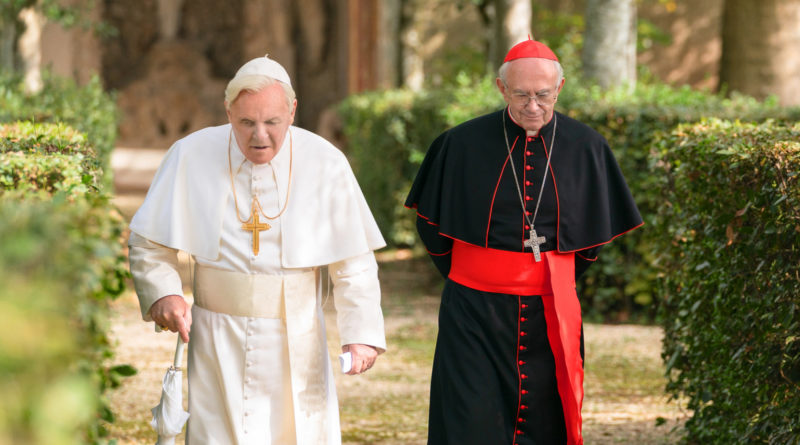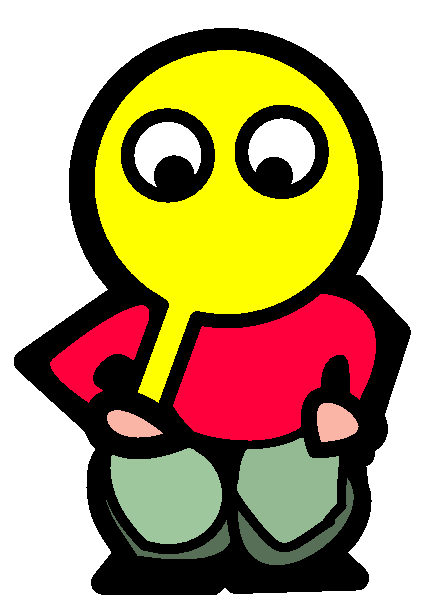- Systemize Art
- Dog Playing in the Snow
- Alien vs Monster (2009)

The avengers of Pixar or something. 6/10
Monsters, I’m so proud of you, I could cry, if I hadn’t lost my tear ducts in the war. But not cryin’ will have to wait. The world needs you again.
- The Two Popes (2019)

Not as good as the other pope movie (Conclave), but decent. 6.5/10
- Conclave (2024)

Paul Tillich’s notion of faith, as described in The Dynamics of Faith, is used, which I approve
In the course of a long life in the service of our Mother th e Church, let me tell you that there is one sin I have come to fear above all others. Certainty. Certainty is the great enemy of unity. Certainty is the deadly enemy of tolerance. Even Christ was not certain at the end.
“My God, my God, why have you forsaken me?” He cried out in His agony at the ninth hour on the cross. Our faith is a living thing precisely because it walks hand in hand with doubt. If there was only certainty, and if there was no doubt, there would be no mystery, and therefore no need for faith. Let us pray that God will grant us a Pope who doubts. Let Him grant us a Pope who sins and asks for forgiveness. And carries on
7/10
 I2P
I2P